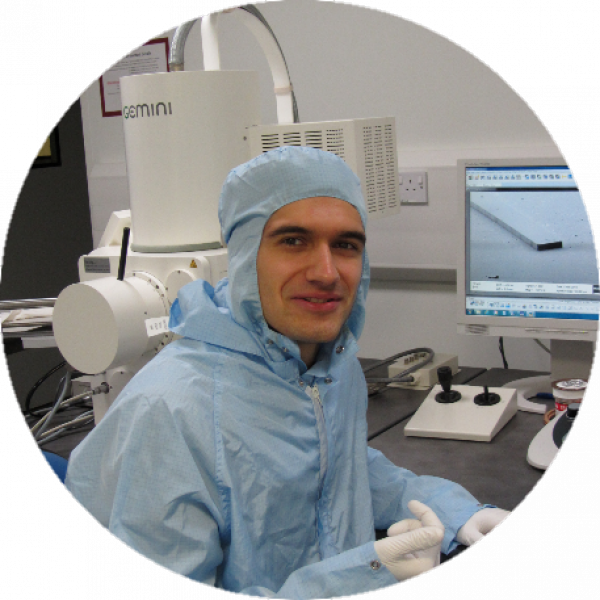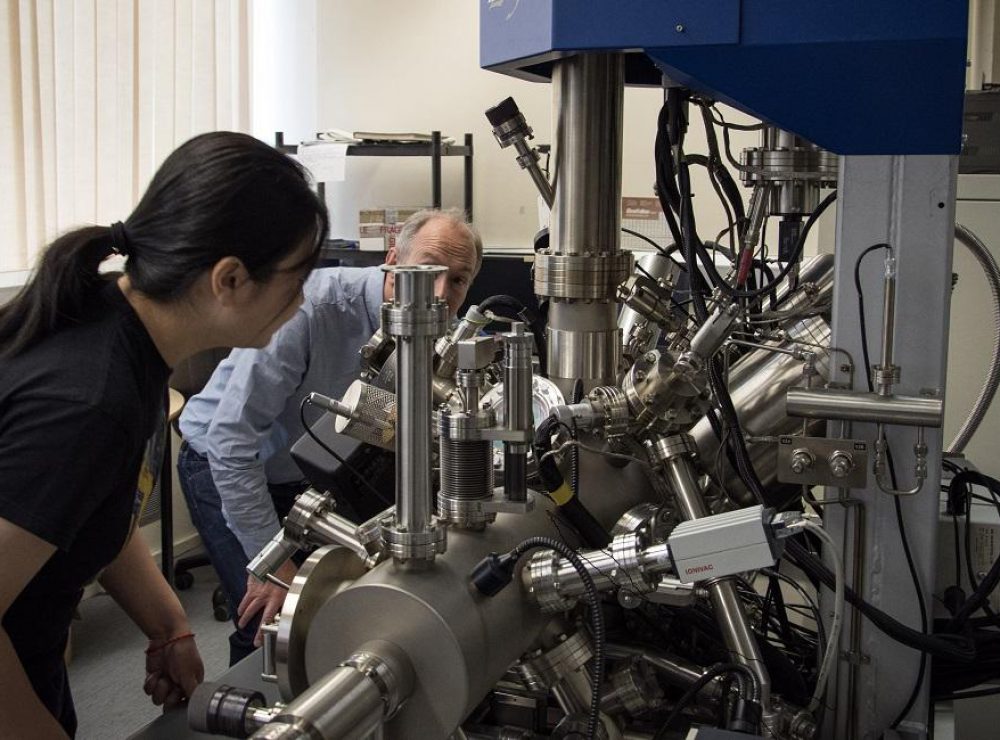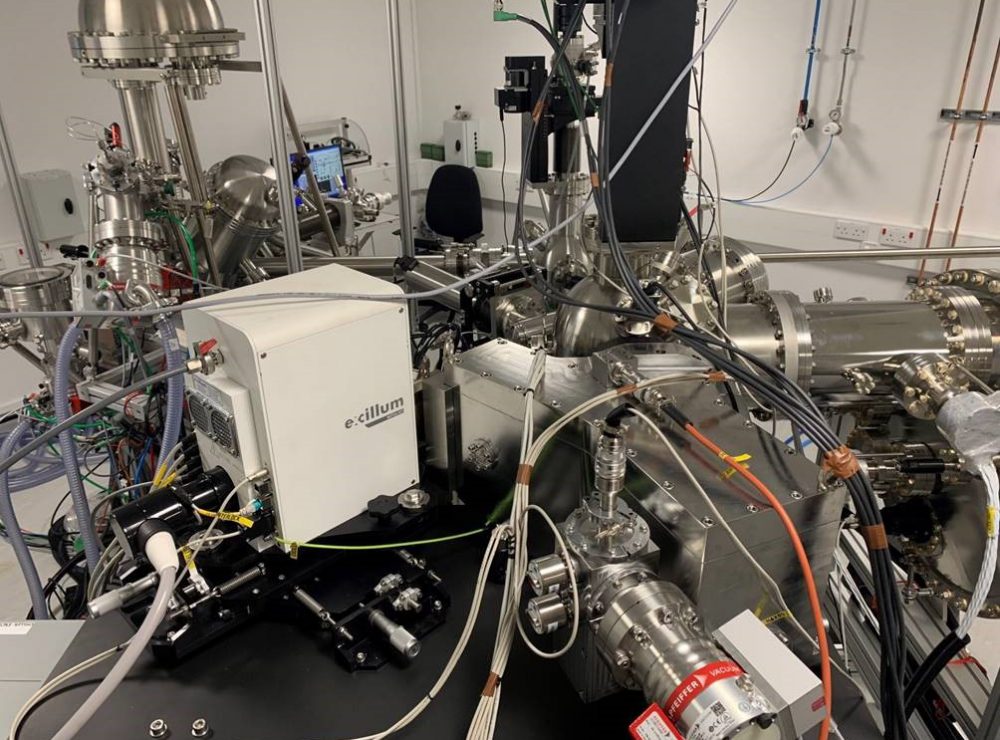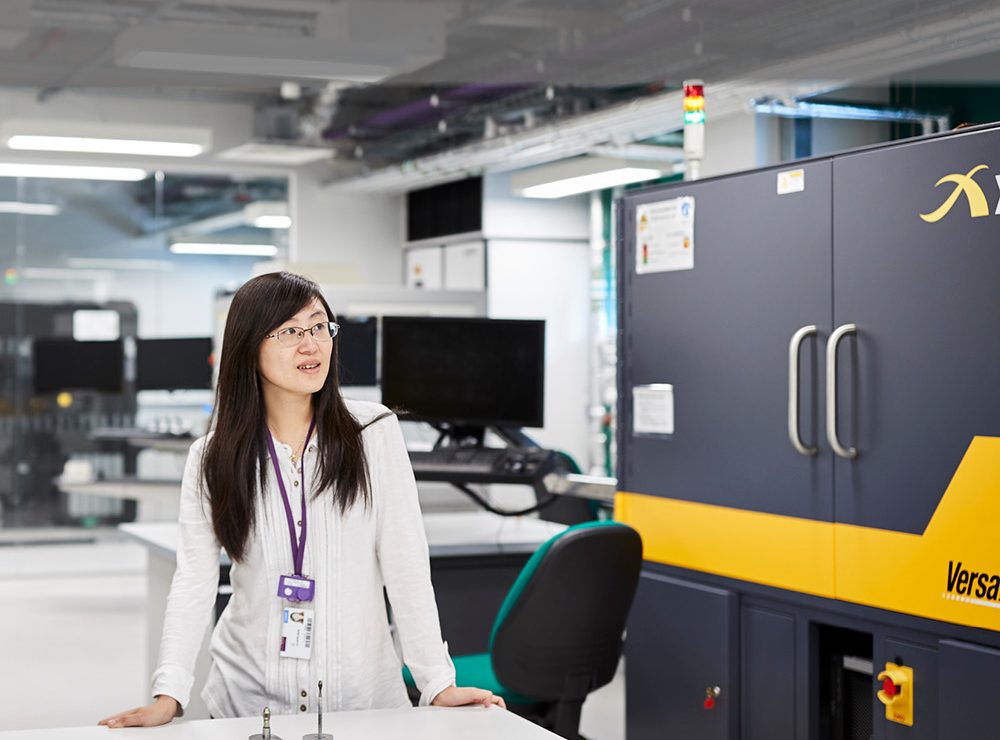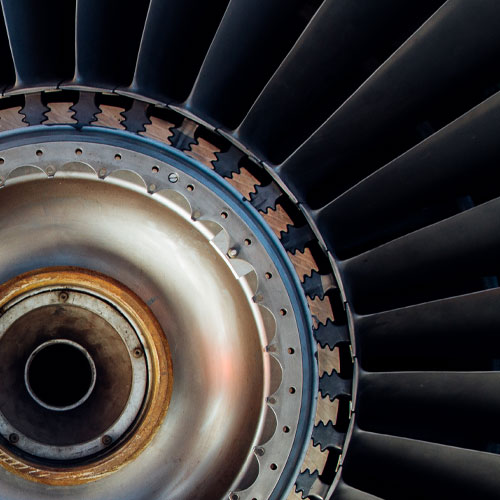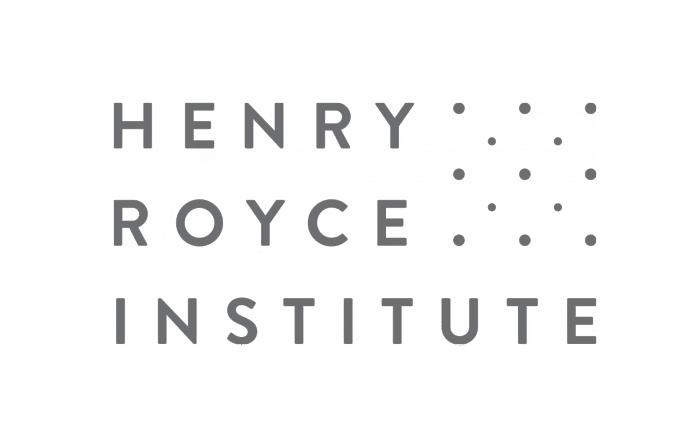This website uses cookies so that we can provide you with the best user experience possible. Cookie information is stored in your browser and performs functions such as recognising you when you return to our website and helping our team to understand which sections of the website you find most interesting and useful.
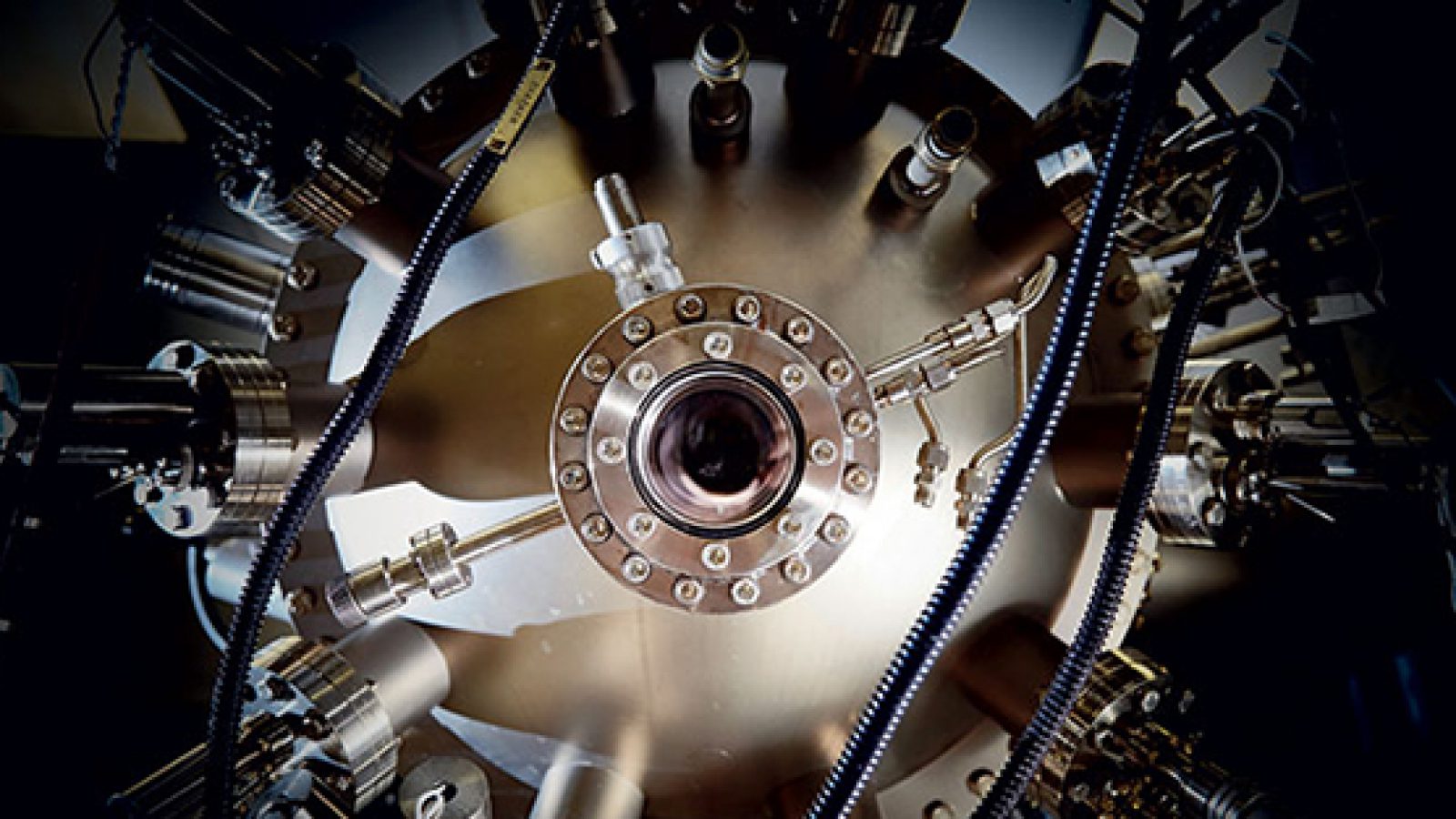
Inspiring the next generation - Inside Leeds' Terahertz Laboratory
Enabling hands-on laboratory experience for materials scientists and engineers of the future
The Henry Royce Institute and the Bragg Centre researchers at the University of Leeds are enabling hands-on laboratory experience for materials scientists and engineers of the future.
Jacek Budziszewski, a 3rd year undergraduate student at the University of Leeds, undertook a 3 month summer internship focusing on quantum cascade lasers grown using molecular beam epitaxy and fabricated in a cleanroom environment. Working within University of Leeds Growth and Nanotechnology facilities, Jacek became a fully trained user of the advanced research equipment.
The Research
Quantum cascade lasers are intersubband semiconductor lasers which can emit electromagnetic waves in the terahertz frequency region. The technology has a promising future for measuring and identifying vibrational modes of molecules and monitoring atmospheric gases via high-resolution spectroscopy.
The active area of these lasers is made up of 100s of GaAs/AlGaAs layers, each only a few 10s of atoms thick, which is then formed into ridges with typical widths of tenths of a millimetre. The device fabrication from a pristine waver, including the addition of electrical contacts, is a complex multistage process requiring a cleanroom environment.
The quality of the end result is determined by measuring the output laser power versus applied current, and the spectrum of frequencies that the laser emits.
Following the fabrication, Jacek worked with researchers from the Nanotechnology Facilities and the Terahertz Photonics Laboratory to optimise and streamline the characterisation and quality control of the terahertz lasers. He reduced the time taken to characterise each quantum cascade laser device by over an hour, without compromising the quality of the work undertaken.
Dr Joshua Freeman commented:
It was great to have Jacek working in our research laboratory over the summer. The improvements, that he has made, will allow us to test laser devices more quickly.

Future materials scientist
Since undertaking the Royce funded internship, Jacek has decided he would like to continue his research career and is looking into PhD positions. His final year project will focus on the nanofabrication of quantum cascade lasers continuing to work with within the Bragg Centre for Materials and the Terahertz Photonics Laboratory.
We wish Jacek all the best for the future!
